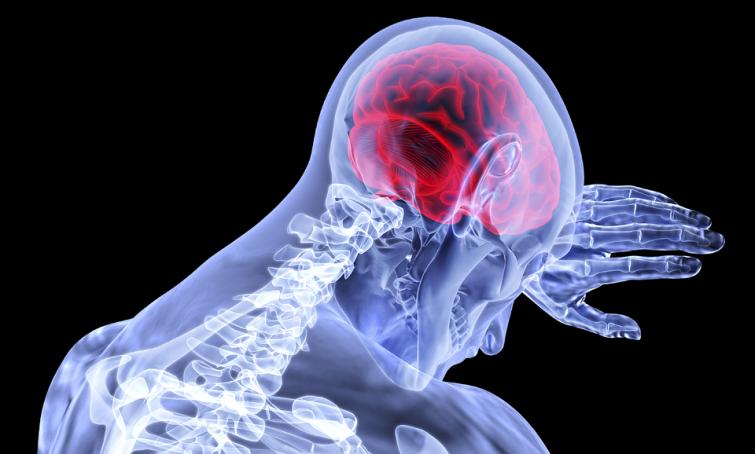
Coronavirus Linked to Stroke in Otherwise Healthy Young People
New York: Young patients with no risk factors for stroke may have an increased risk if they have contracted COVID-19, whether or not they are showing symptoms of the disease. Surgeons at Thomas Jefferson University and collaborators analyzed patients presenting with stroke from March 20th until April 10th at their institutions. The strokes they observed were unlike what they usually see.
“We were seeing patients in their 30s, 40s and 50s with massive strokes, the kind that we typically see in patients in their 70s and 80s,” says Pascal Jabbour, MD, Chief of the Division of Neurovascular Surgery and Endovascular Surgery in the Vickie & Jack Farber Institute for Neuroscience – Jefferson Health. He is a senior author of a study published in the journal Neurosurgery June 4th, that examines and characterizes strokes of patients who tested positive for COVID-19, done in collaboration with surgeons from NYU Langone Medical Center in New York.
“Although we have to stress that our observations are preliminary, and based on observations from 14 patients, what we have observed is worrying,” says Dr. Jabbour. “Young people, who may not know they have the coronavirus, are developing clots that cause major stroke.”
The researchers, including first author Ahmad Sweid, MD, examined 14 patients who had come into their Neurointerventional room for stroke. Eight patients were male, six were female, 50%, did not know they had the coronavirus, while the remainder were already being treated for other symptoms of the disease when they developed stroke.
Some of the paper’s major points:
Patients with signs of stroke were delaying coming to the hospital for fear of getting the coronavirus. There’s a small window of time in which strokes are treatable, so delays can be life threatening.
The mortality rate in these covid-19 stroke patients is 42.8%. The typical mortality from stroke is around 5 to 10%.
42% of the stroke coronavirus positive patients studied were under the age of 50. Most strokes, over 75% of all strokes in the US, occur in people over the age of 65.
The incidence of coronavirus in the stroke population was 31.5%, according to this sample of patients.
Patients observed had stroke in large vessels, in both hemispheres of the brain, and in both arteries and veins of the brain – all of these observations are unusual in stroke patients.
Why is the coronavirus, which was assumed to be a disease of the lungs, causing blood clots that lead to a higher incidence of stroke? Researchers have shown that the coronavirus enters human cells via a very specific access point – a protein on human cells called ACE2. But the coronavirus latches onto this protein and uses it to as a gateway into the cell, where the virus can replicate.
Not all cells have the same amount of ACE2. This protein is very abundant on cells that line blood vessels, the heart, kidney, and of course, the lungs. Dr. Jabbour and colleagues speculate that the virus may be interfering with this receptor’s normal function, which controls blood flow in the brain, in addition to using it as an entry point to the cell.
Another possibility is that the inflammation of the blood vessels causing vasculitis with injury to the cells lining the lumen of the vessel, called endothelium and causing micro thrombosis in small vessels.
“Our observations, though preliminary, can serve as a warning for medical personnel on the front lines, and for all of those at home,” says Dr. Jabbour. “Stroke is occurring in people who don’t know they have COVID-19, as well as those who feel sick from their infections. We need to be vigilant and respond quickly to signs of stroke.”
Support Our Journalism
We cannot do without you.. your contribution supports unbiased journalism
IBNS is not driven by any ism- not wokeism, not racism, not skewed secularism, not hyper right-wing or left liberal ideals, nor by any hardline religious beliefs or hyper nationalism. We want to serve you good old objective news, as they are. We do not judge or preach. We let people decide for themselves. We only try to present factual and well-sourced news.







